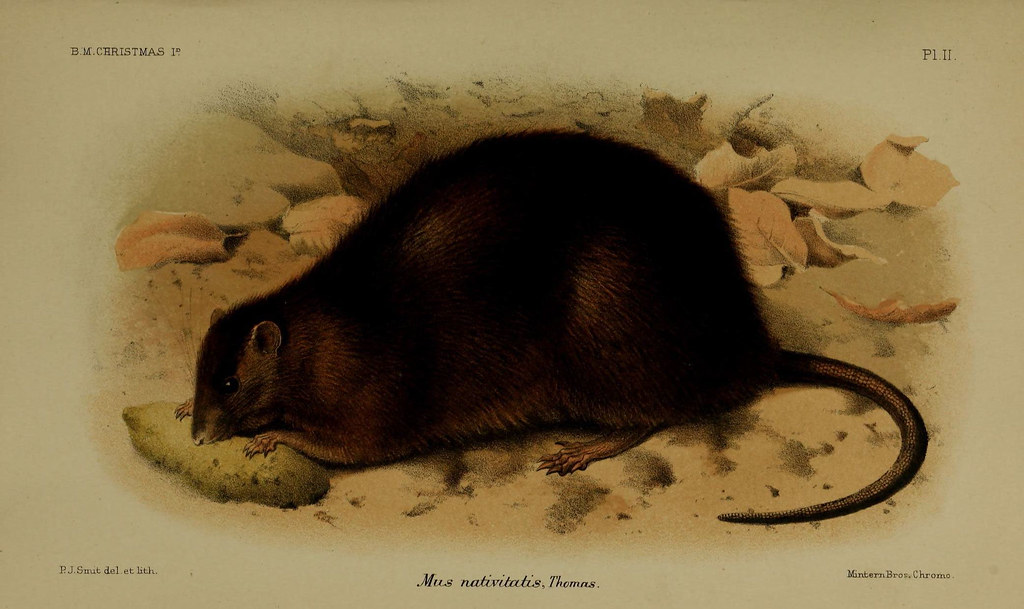Bringing back the woolly mammoth and other extinct creatures may be impossible
By Elizabeth Pennisi,
Science
| 03. 09. 2022
An extinct rat that once lived on an island in the Indian Ocean may have put the kibosh on scientists’ dreams of resurrecting more famous extinct animals like the woolly mammoth. The Christmas Island rat disappeared just over 100 years ago, but researchers now say even its detailed genome isn’t complete enough to bring it back to life.
The work “shows both how wonderfully close—and yet—how devastatingly far” scientists are from being able to bring back extinct species by genetically transforming a close relative in what’s called “de-extinction,” says Douglas McCauley, an ecologist at the University of California, Santa Barbara, who was not involved with the study.
No species has yet been revived, but de-extinction appeals to many geneticists and futurists. “I know a lot of biologists who think, ‘Can I do this?’” says Karen Wendling, an ethicist at the University of Guelph. Part of the fascination is simply the promise of seeing a vanished species come to life. But putting a key animal back into its original...
Related Articles
By Jonathan Matthews, GMWatch | 12.11.2025
In our first article in this series, we investigated the dark PR tactics that have accompanied Colossal Bioscience’s de-extinction disinformation campaign, in which transgenic cloned grey wolves have been showcased to the world as resurrected dire wolves – a...
By Jenny Lange, BioNews | 12.01.2025
A UK toddler with a rare genetic condition was the first person to receive a new gene therapy that appears to halt disease progression.
Oliver, now three years old, has Hunter syndrome, an inherited genetic disorder that leads to physical...
By Simar Bajaj, The New York Times | 11.27.2025
A common cold was enough to kill Cora Oakley.
Born in Morristown, N.J., with virtually no immune system, Cora was diagnosed with severe combined immunodeficiency, a rare genetic condition that leaves the body without key white blood cells.
It’s better...
By Rachel Hall, The Guardian | 11.30.2025
Couples are needlessly going through IVF because male infertility is under-researched, with the NHS too often failing to diagnose treatable causes, leading experts have said.
Poor understanding among GPs and a lack of specialists and NHS testing means male infertility...




